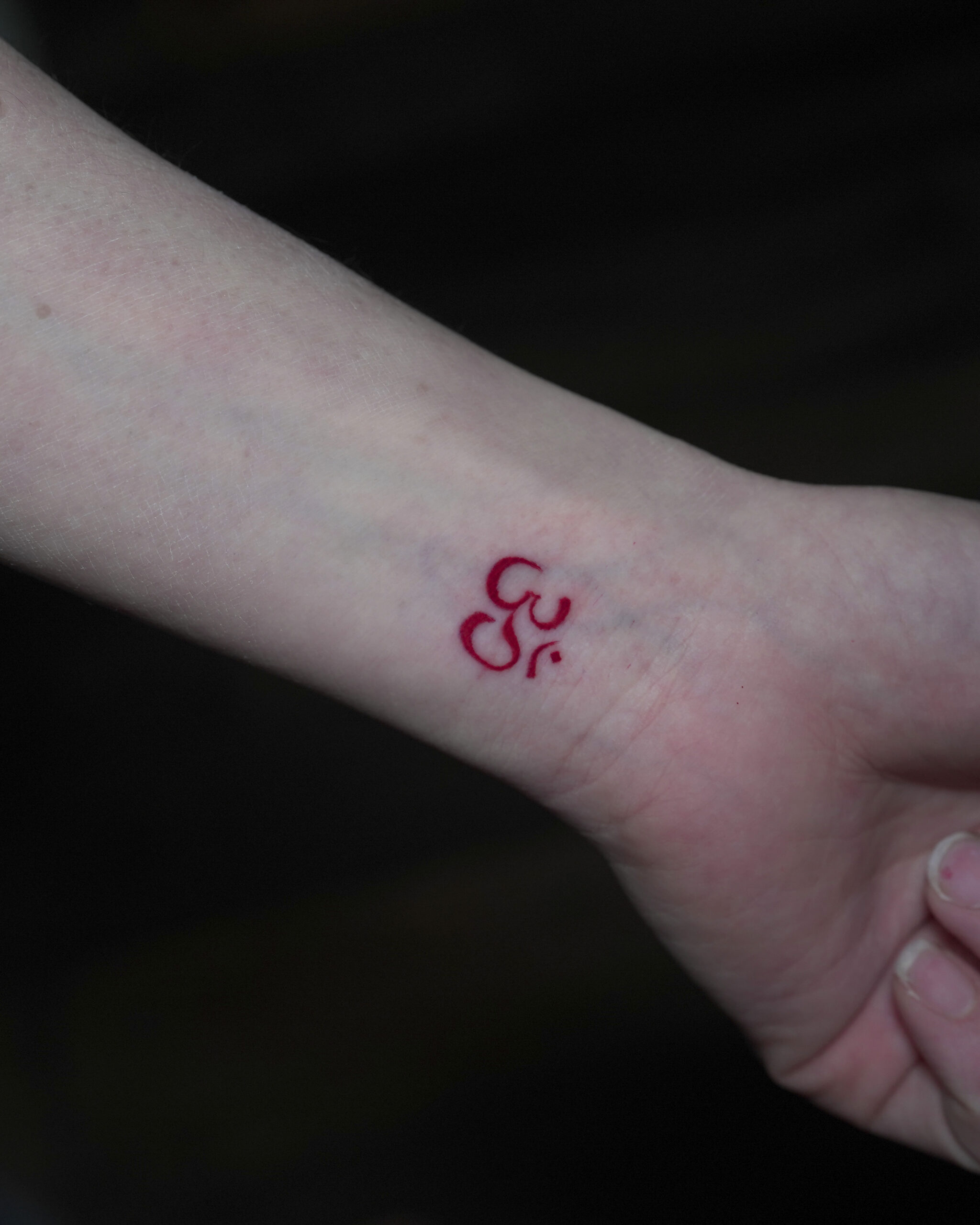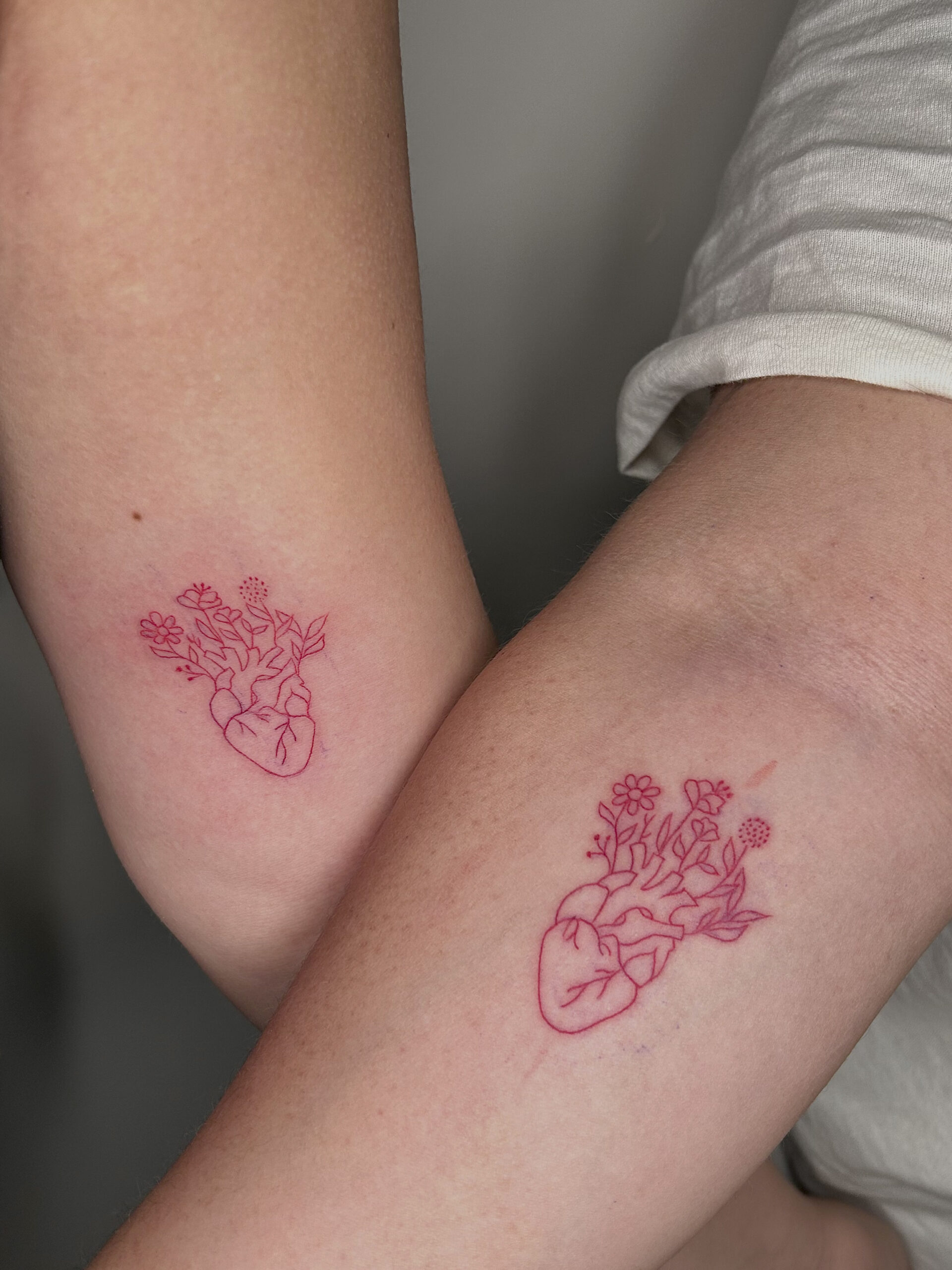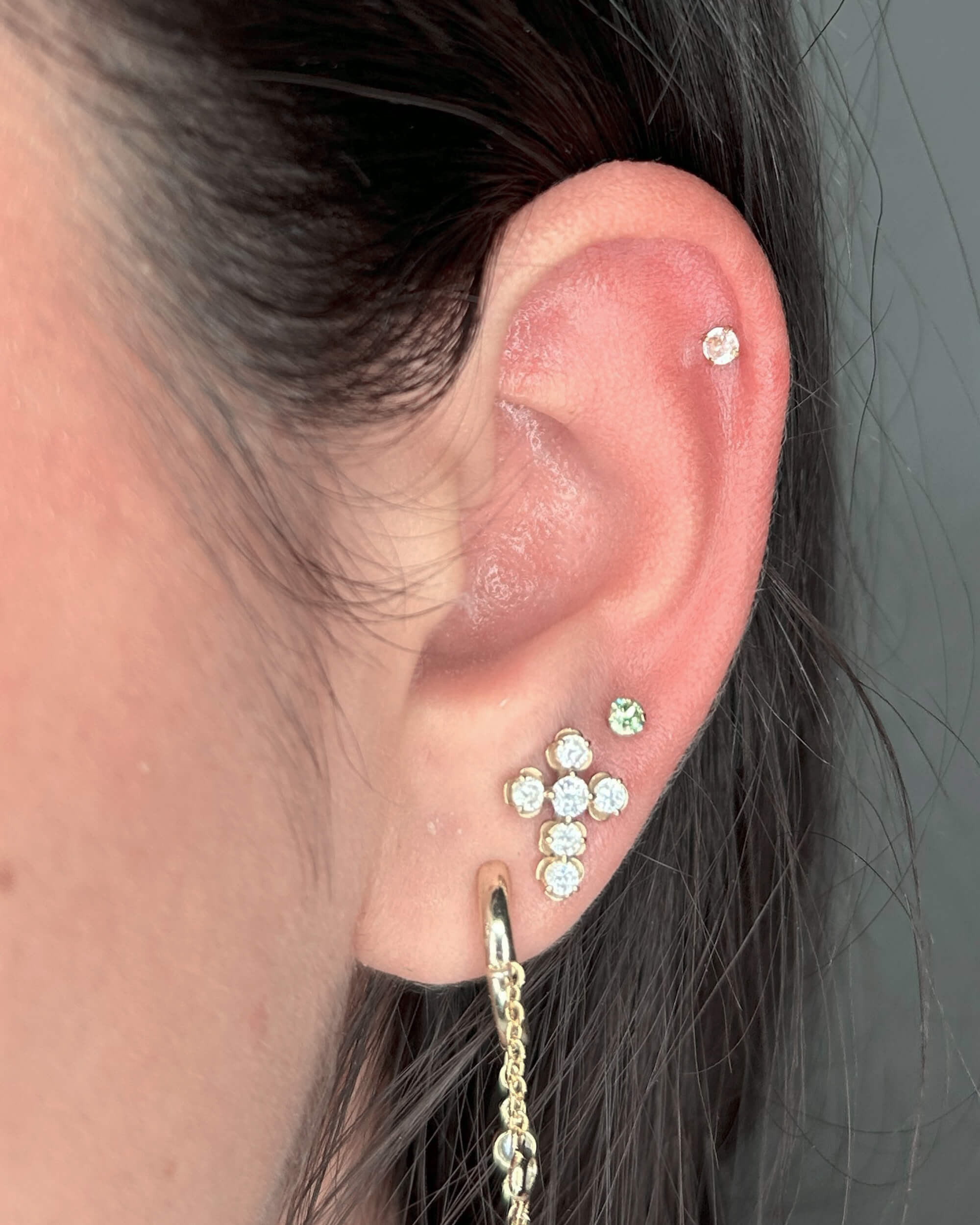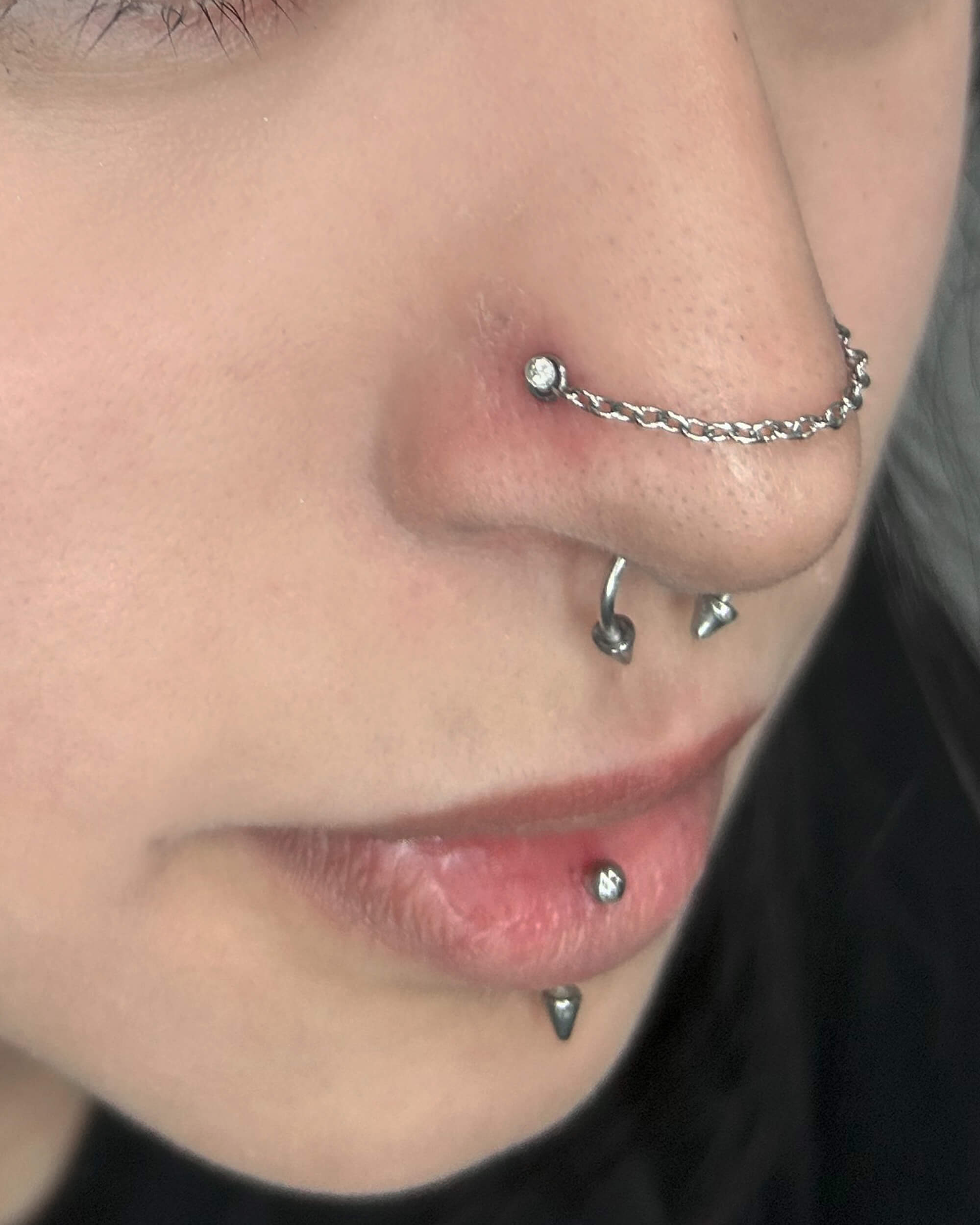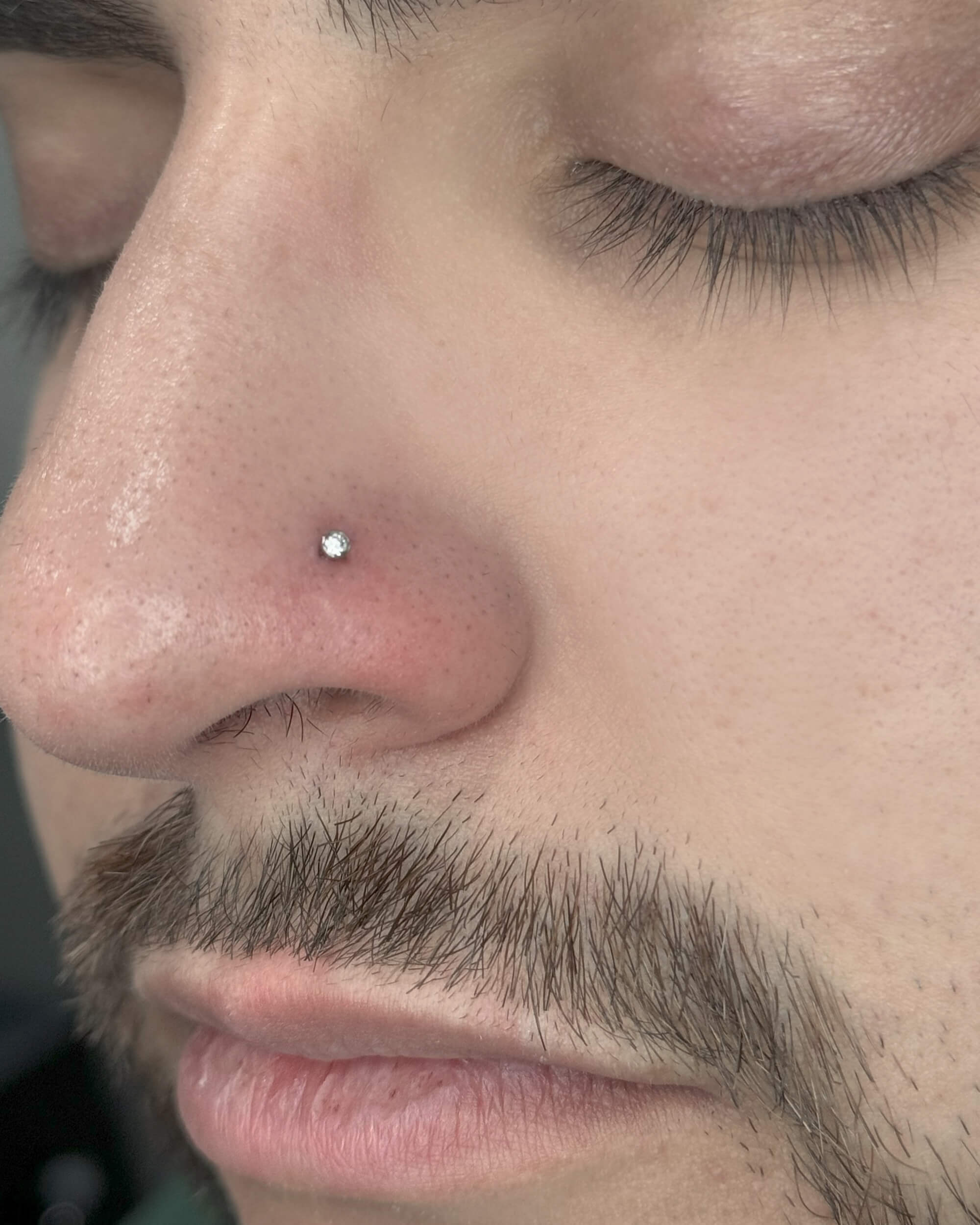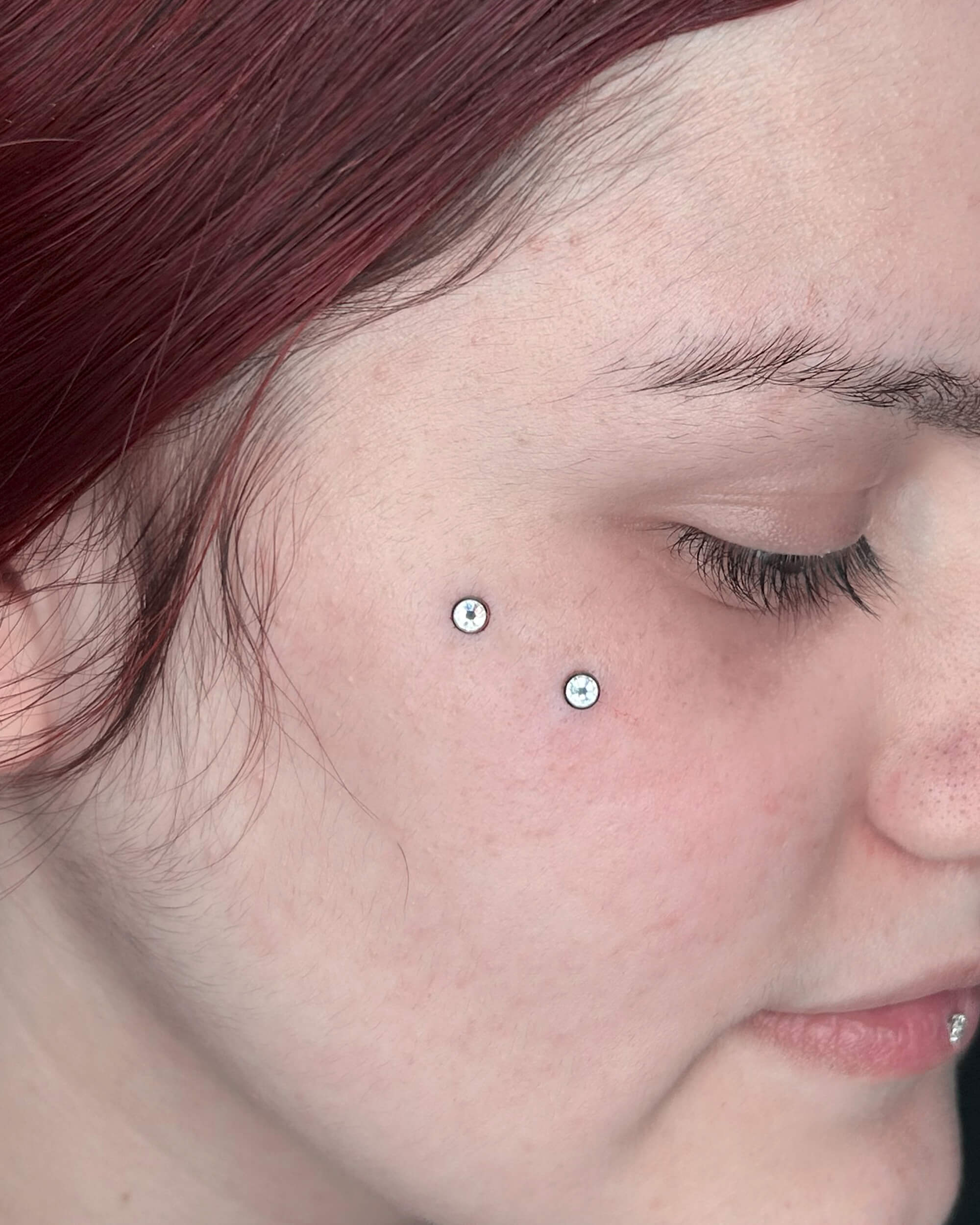
What is a tooth gem?
Tooth gems, also known as tooth jewels or dental gems, are typically made of crystals or semi-precious stones such as diamonds, Swarovski crystals, or other high-quality materials. They come in various shapes, sizes, and colors, allowing individuals to customize their smiles according to their preferences.

The application process involves thoroughly cleaning the tooth surface, applying a dental adhesive to the gem, and then carefully placing it onto the tooth surface.
Once applied, the tooth gem should stay securely in place for an extended period but can be removed by a dental professional if desired.
The benefits tooth gems bring
 |
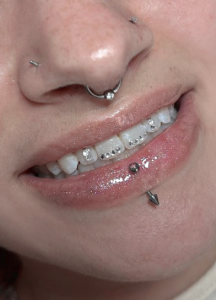 |
 |
Tooth gems offer individuals a unique way to express their personality and creativity through their smiles. They are non-permanent and easy to remove, making them ideal for experimentation without committing to permanent alterations.
The application process is minimally invasive and affordable, providing an accessible option for smile enhancement. With a wide range of colors and styles available, tooth gems cater to diverse preferences and aesthetic goals.
They can boost confidence and self-esteem, yet remain temporary and easily removable. While primarily enhancing aesthetics, tooth gems also allow for self-expression, emphasizing the importance of professional application to ensure safety and minimize risks.
See detailed uses of tooth gems and things need to know
Are tooth gems safe?
Preservation of Tooth Structure: The application of tooth gems is painless, and no drilling is involved. Proper application of tooth gems should not compromise the integrity of the tooth structure.

Done by Artists and Dental Professionals:
It is important that the gemstone be set by a qualified dental professional or trained technician. These individuals possess the knowledge and expertise to ensure that the application process is performed correctly, thereby minimizing the risk of complications. When you wish to remove them, it is advisable to have a professional handle it to mitigate any potential risks.
Use of Safe Materials:
The materials used for tooth gems should be safe for dental use and non-toxic. High-quality dental adhesives and materials specifically designed for dental applications are typically used to attach the gems to the tooth surface.
Hygiene and Oral Care:
Maintaining good oral hygiene is essential when wearing tooth gems. Individuals should brush and floss their teeth regularly and avoid habits that could compromise dental health, such as biting hard objects or using abrasive toothpaste.
How long do tooth gems last?

The duration for which tooth gems last can vary depending on several factors, including the type of adhesive used, oral hygiene practices, eating habits, and lifestyle factors. Generally, tooth gems are considered to be semi-permanent and can last anywhere from a few months to a couple of years with proper care.
High-quality dental adhesives are typically used to attach tooth gems to the tooth surface, which helps them stay in place for an extended period. However, frequent consumption of hard or sticky foods, aggressive tooth brushing, or using abrasive dental products can contribute to premature loosening or detachment of the gem.
The longevity of tooth gems depends on individual factors and how well they are cared for. Following proper oral hygiene practices and being mindful of habits that may impact the integrity of the tooth gem can help prolong its lifespan.
Tooth gems aftercare
Tooth gems require proper aftercare to ensure their longevity and maintain good oral health. Here are some essential aftercare tips:
 |
 |
 |
 |
Avoid Disturbing the Gem:
After the application of a tooth gem, it’s important to avoid touching or disturbing it with your fingers, tongue, or any objects. Give it time to adhere properly to the tooth surface.
Eating or Drinking:
Allow at least one hour after application before eating or drinking to ensure proper bonding of the adhesive. Avoid hard, sticky, or excessively chewy foods to prevent dislodging the tooth gem and damaging surrounding structures.
Oral Hygiene:
Continue regular brushing and flossing using a soft-bristled toothbrush and non-abrasive toothpaste, while avoiding the gem area. Refrain from using abrasive toothpaste or harsh dental products that may damage the enamel or adhesive.
Regular Check-Ups:
Periodically inspect your tooth gems. If they feel loose or unstable, consult with an artist or dental specialist who can make adjustments to ensure secure attachment.


































































































































